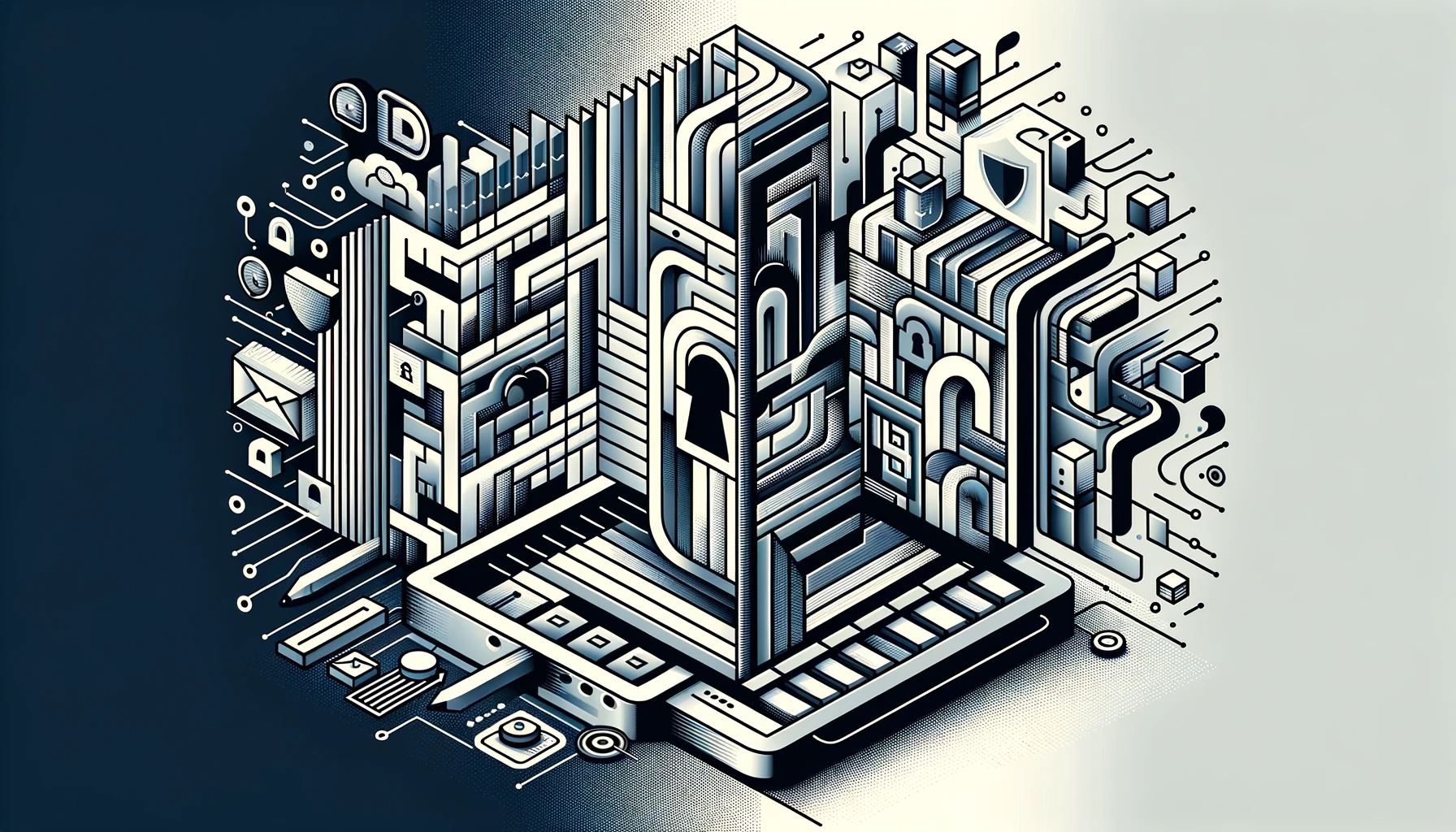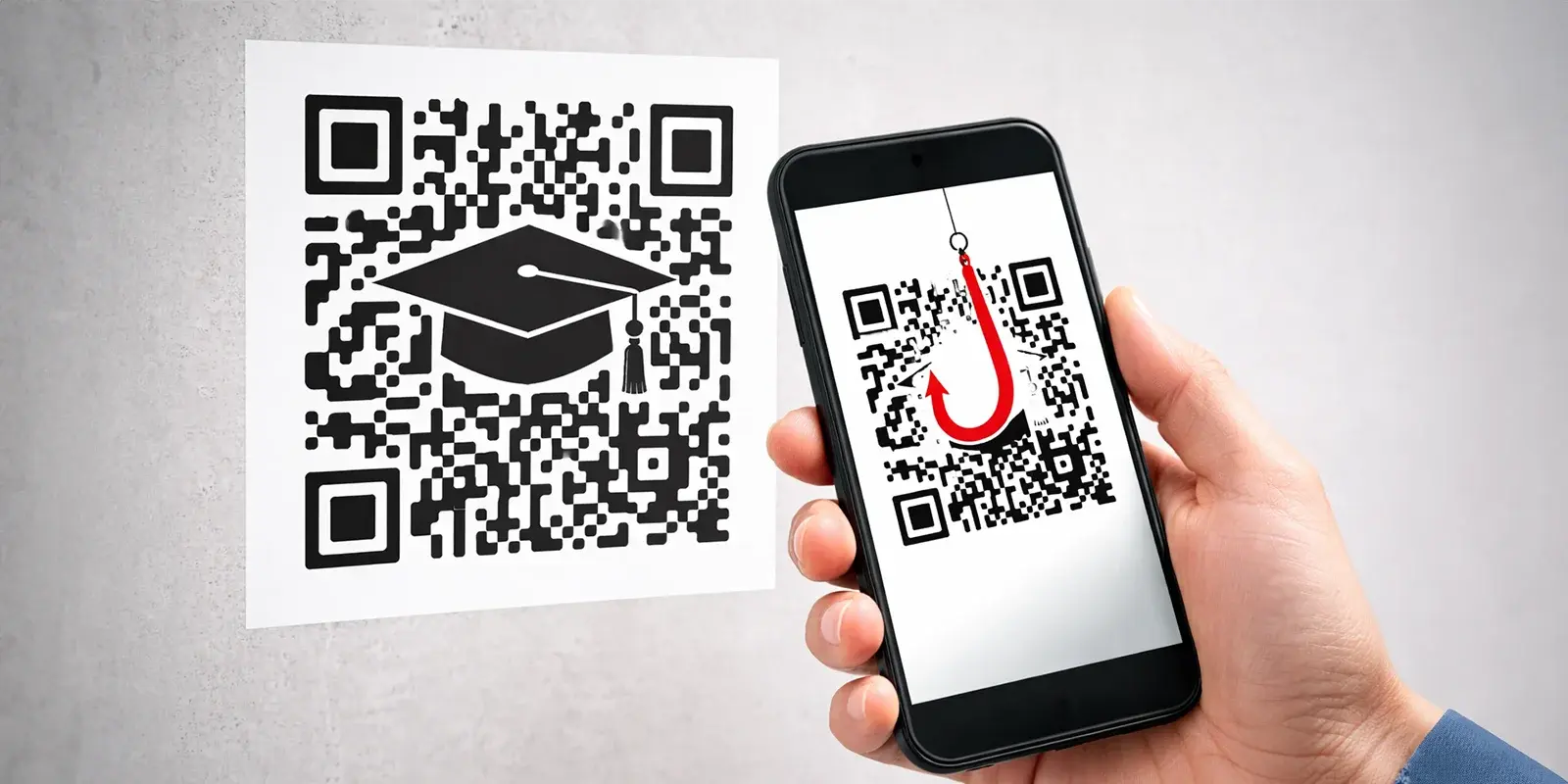Table of Contents
The line between personal and professional life is increasingly blurred, especially when it comes to the use of work devices. While most employees are vigilant about corporate emails, there's a tendency to let the guard down when it comes to personal inboxes. Here's why IT and Security admins need to be just as concerned about phishing attacks sent to personal email accounts.
The Unseen Responsibility of IT and Security Admins
As an IT or Security admin, you might feel your responsibility ends with the company's official communication channels. However, if an employee's personal email is compromised on a work device, it can open backdoors into your organization's network. Attackers are cunning; they know that people are more relaxed and less suspicious when dealing with personal emails. This makes personal inboxes the perfect vector for launching an attack. So, like it or not, any device under your purview, even when used for personal purposes, is your concern.
The Evolving Threat - Generative AI in Phishing Attacks
With the advent of Generative AI, phishing attacks are becoming more sophisticated and harder to spot. Attackers are now harnessing this technology to craft convincing and socially engineered emails that mimic the tone, style, and content of genuine communication. This means even the most discerning employees can fall victim to these hyper-realistic scams. It's a growing trend that makes the already tricky business of identifying phishing attempts even more challenging.
Simple Example - A Story of Compromise
When an employee decides to check their personal email on a work computer, it might seem harmless, but this simple act can open the door to cyber attackers.
- It starts with what looks like an innocent email, maybe from a service like LinkedIn, Amazon, or PayPal, landing in their personal inbox.
- Curiosity piqued, the employee clicks on a link or downloads an attachment, not realizing they've just invited malware into their work device. This malware is sneaky; it's designed to slip past antivirus software, often exploiting unknown vulnerabilities, making it a hard-to-catch ghost in the machine.
- Once inside, this malware isn't content with just sitting on one device. It's like a burglar finding a set of keys; it roams around the network, trying to spread to other systems and escalate its access. It's hunting for sensitive company data or looking to take control of critical systems.
- Before you know it, your organization's data could be transmitted to a hacker's lair or held hostage by ransomware. It's a digital domino effect, all starting from that one personal email check.
Integrating Personal Scenarios into Phishing Simulations and Training
Recognizing the threat is one thing, actively preparing for it is another. Organizations should expand their phishing simulation testing and security awareness training (SAT) to cover scenarios involving personal email accounts. By simulating personal phishing attacks, employees can experience firsthand how easy it is to be tricked. This isn't about fostering a culture of fear but rather awareness and preparedness. Your security awareness training should remind employees that vigilance is a 24/7 requirement, regardless of whether they're dealing with work or personal matters. Here is an example of one of our SAT videos our customers use with their employees:
Building a Culture of Continuous Vigilance and Empowerment
Creating a culture where security is everyone's business is crucial. Encourage your team to report suspicious activities, whether they stem from work or personal accounts. Empowering employees is one of our three pillars; it's about making them feel confident and capable of recognizing and responding to threats. Make sure they know how and to whom they should report. Foster an environment where it's okay to admit to clicking something dubious; after all, quick action can mitigate potential damage.
Technical Mitigations
While education is a critical line of defense, technical mitigations can still help address these threats. Endpoint protection, regular software updates, and network segmentation are just a few tools in your arsenal. Implementing an Integrated Cloud Email Security (ICES) email security solution, like IRONSCALES provides an extra layer of defense against sophisticated attacks missed by traditional SEGs. These systems use machine learning to understand normal communication patterns and spot anomalies that might indicate a phishing attempt.
In conclusion, phishing attacks through personal emails are not just a personal problem, they're a corporate one. By extending the scope of your security measures and training to include personal threats, you can fortify your organization against these insidious attacks. Remember, in the realm of cybersecurity, an empowered, informed, and vigilant team is your best defense.
Explore More Articles
Say goodbye to Phishing, BEC, and QR code attacks. Our Adaptive AI automatically learns and evolves to keep your employees safe from email attacks.

/Concentrix%20Case%20Study.webp?width=568&height=326&name=Concentrix%20Case%20Study.webp)







.webp?width=100&height=100&name=PXL_20220517_081122781%20(1).webp)






